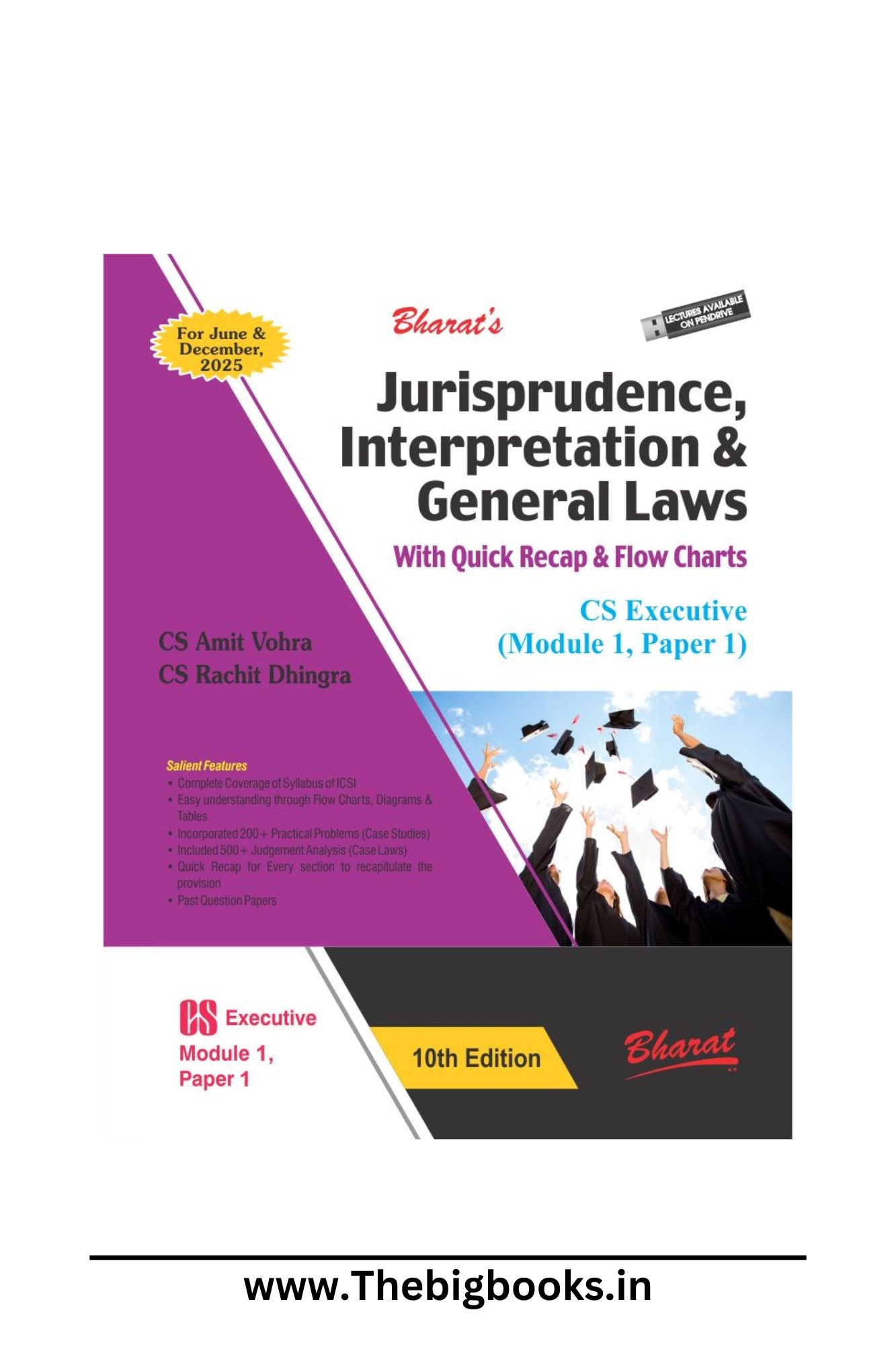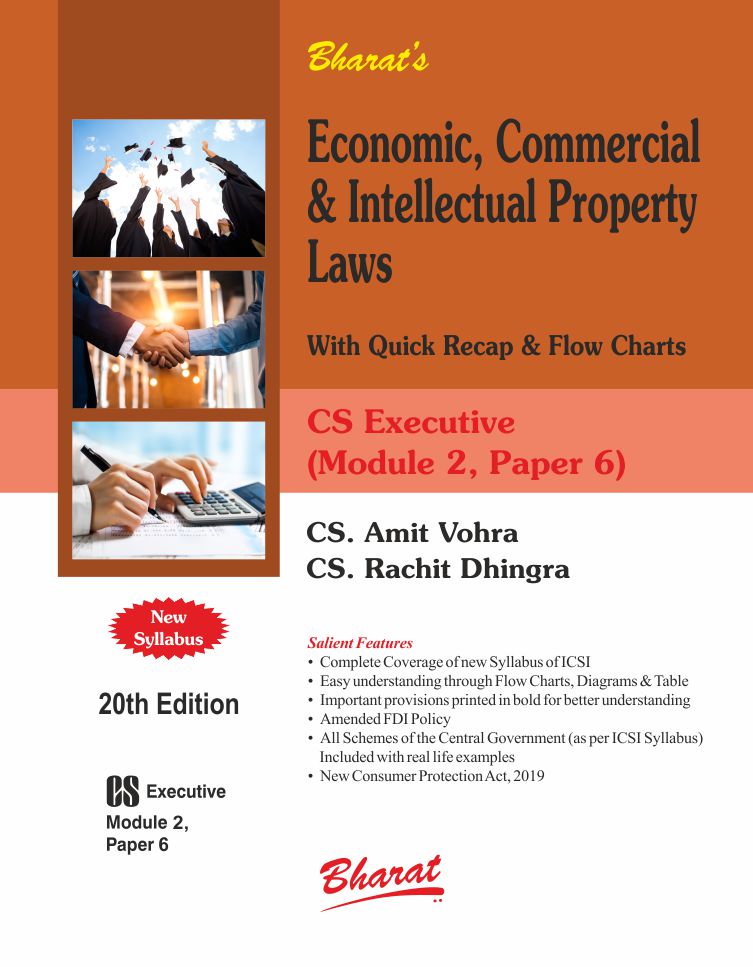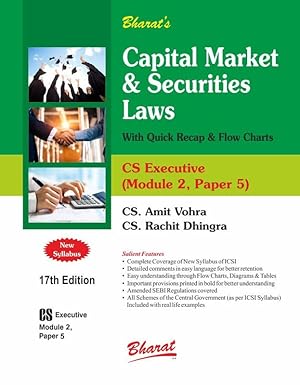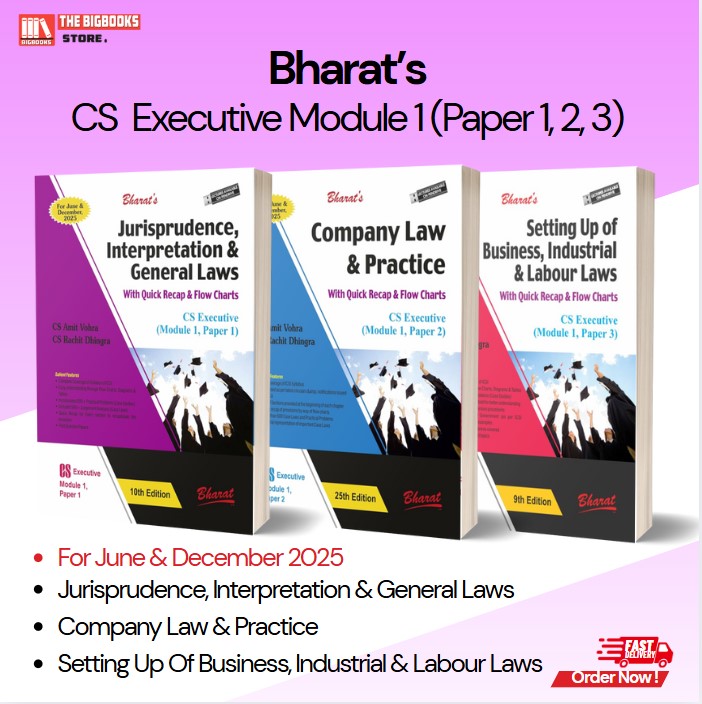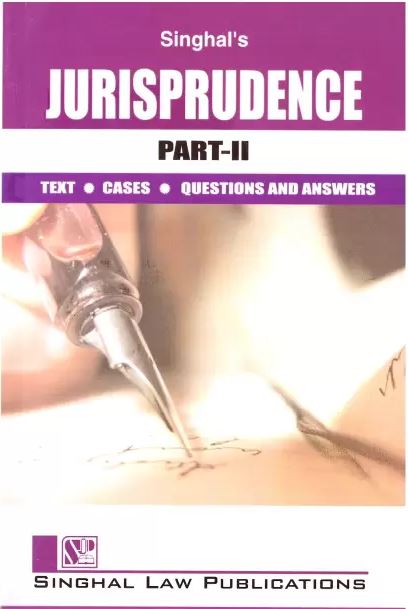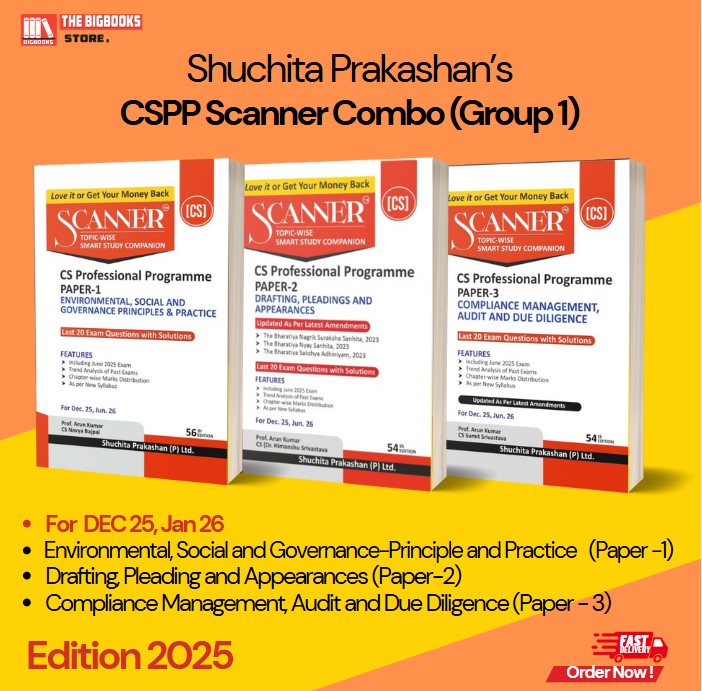Bharat`s Jurisprudence, Interpretation & General Laws With Quick Recap & Flow charts - 10th Edition 2024
| Author : | CS AMIT VOHRA CS RACHITA DHINGRA |
|---|
Bharat`s Jurisprudence, Interpretation & General Laws With Quick Recap & Flow charts - 10th Edition 2024

534

English

10th Edition 2024
Share this product
Bharat`s Jurisprudence, Interpretation & General Laws With Quick Recap & Flow charts - 10th Edition 2024
Here’s a concise summary of key concepts related to Jurisprudence, Interpretation, and General Laws for your Module I, Paper 1:
Jurisprudence
-
Definition:
- Jurisprudence is the study of law, its philosophy, and the principles that underlie legal systems.
-
Branches of Jurisprudence:
- Analytical Jurisprudence: Focuses on the logical structure of law and its concepts.
- Normative Jurisprudence: Explores ethical foundations and the moral aspects of law.
- Historical Jurisprudence: Examines the evolution of legal systems and laws over time.
- Comparative Jurisprudence: Analyzes and compares different legal systems.
-
Key Theories:
- Natural Law Theory: Asserts that law is based on moral principles inherent in nature.
- Positivism: Views law as a set of rules created by human authorities, separate from morality.
- Realism: Emphasizes the actual practices of law and its impact on society.
Interpretation of Law
-
Purpose of Interpretation:
- To ascertain the meaning and intent of legal texts (statutes, constitutions, etc.) for application in legal proceedings.
-
Rules of Interpretation:
- Literal Rule: Interpret the words in their ordinary sense.
- Golden Rule: Modify the literal meaning to avoid absurd outcomes.
- Mischief Rule: Identify the law's purpose to address the mischief it seeks to remedy.
-
Principles:
- Ejusdem Generis: General terms following specific ones should be interpreted in the context of the specific terms.
- Noscitur a Sociis: Words should be understood in relation to their context.
General Laws
-
Sources of Law:
- Legislation: Statutes and ordinances enacted by governing bodies.
- Judicial Precedents: Case law established by court decisions.
- Customs and Traditions: Established practices recognized as binding.
-
Legal Systems:
- Common Law: Based on case law and judicial precedents.
- Civil Law: Based on codified statutes and principles.
- Religious Law: Derived from religious texts and interpretations.
-
Hierarchy of Laws:
- Constitution: Supreme law of the land.
- Legislation: Enacted laws that must align with constitutional provisions.
- Subordinate Legislation: Rules and regulations made under the authority of legislation.

